Gas cooking
Gas cooking: the facts
Cooking with gas releases air pollutants that harm human health and the environment.
Gas cookers are a major source of indoor air pollution and the main source of nitrogen dioxide pollution in the home.
Gas use in a typical kitchen can produce indoor nitrogen dioxide (NO2) pollution that exceeds World Health Organisation air quality guidelines, UK Health and Safety Executive limits for indoor air pollution, and the legal UK outdoor air pollution standards.
Gas cooking is linked to asthma in children and adults, decrements in pulmonary function, respiratory illness in adults, as well as dementia and cognitive decline in adults.

How does cooking with gas harm our health?
Gas hobs produce harmful pollutants whether they are in use or not.
Gas hobs can produce carbon monoxide, carbon dioxide, and nitrogen dioxide, which can linger in the home. Gas cooking appliances can also leak pollutants when not in use, including methane (a potent greenhouse gas) and benzene (a known human carcinogen).
Exposure to nitrogen dioxide -a primary pollutant from gas cooking- causes various harmful effects on the lungs. Effects include inflammation of the airways, reduced lung function and increased asthma attacks and symptoms such as coughing and wheezing, especially in children. There is growing evidence that pollutants from gas cooking can negatively impact adults, including the brain, respiratory, and nervous systems.
Research suggests that the impact of gas cooking on the burden of childhood asthma is comparable to that of second-hand smoke. Gas cooking appliances and the concentration of nitrogen dioxide during the first three months of life have also been linked to impaired memory and verbal development and a higher risk of ADHD symptoms in toddlers.
Methane is the main component of gas and contributes to ground-level ozone pollution, which can cause health issues, including breathing problems, especially for people with asthma, those working outside, and the young and elderly.

What are the environmental impacts of cooking with gas?
Residential cooking and heating with gas are an important source of greenhouse gases and air polluting emissions, and so harm our local environment and contribute to climate change, which in turn threatens human health on a vast scale.
When burned or released, methane can warm the Earth over 80 times more than the same amount of carbon dioxide. It also contributes to ground-level ozone pollution, affecting sensitive vegetation and ecosystems that are particularly harmful during the growing season. Gas hobs leak methane even when switched off, contributing millions of tonnes of additional greenhouse gases.

What regulations are in place?
Currently, no policies or regulations directly target indoor air pollution in the UK to mitigate the health and environmental risks of gas cooking.
Since the start of 2021, Ecodesign Regulations have set limits on air pollutant emissions for other appliances and equipment which involve fuel combustion. However, these do not include cooking appliances which are excluded.
In the UK, there are no regulations to control what fuels are used for cooking or the appliances that can be installed.

How can I protect myself and others?
If you use gas for cooking:
-
Properly ventilate your kitchen when cooking, preferably with a functioning range hood vented to the outside, by mechanical ventilation, or by opening windows.
-
Consider switching to an electric appliance when and where possible.
-
Ensure that your service gas appliances once a year.
-
Install and maintain carbon monoxide detectors in kitchens and nearby rooms; use devices that detect low levels.
If using a gas oven or hob is the only option in your home:
-
Use as much ventilation as possible during, and at least ten minutes after, using your gas appliance; this should include opening windows to create a through-draught to help disperse the pollution.
-
If your gas appliance includes a fan, ensure that this is clean, well-maintained and has an outdoor vent.
-
Minimise exposure to gas cooking emissions using plug-in appliances, such as an electric kettle, microwave, rice cooker or air fryer.
-
Use backburners on the hob as these are closest to the circulating air from the fan.
The National Institute for Health and Clinical Excellence has produced guidelines for local authorities on reducing indoor air quality, which also contains practical advice that individuals can take.



